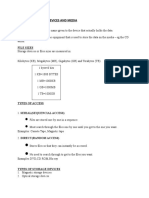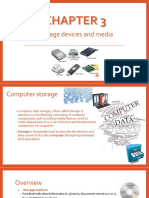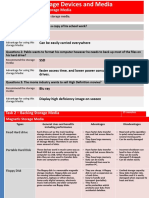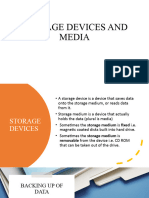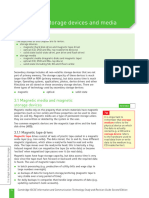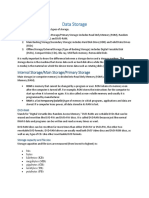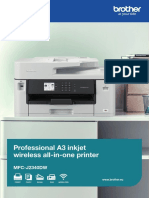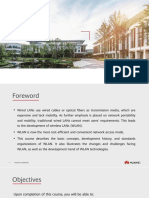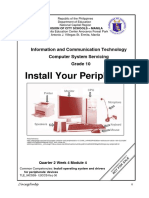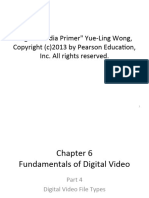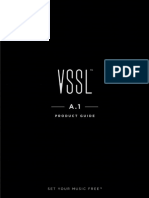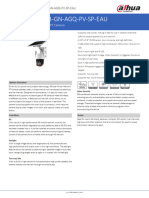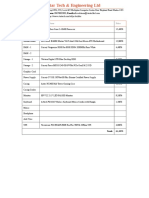0% found this document useful (0 votes)
24 views79 pagesBacking Up of Data
The document provides an overview of data storage devices and media, explaining the concepts of data storage, backing up data, and types of access. It details various storage media including magnetic, optical, and solid-state, along with their advantages and disadvantages. Additionally, it emphasizes the importance of backing up data to prevent loss and outlines different types of storage devices.
Uploaded by
Teena SharmaCopyright
© © All Rights Reserved
We take content rights seriously. If you suspect this is your content, claim it here.
Available Formats
Download as PDF, TXT or read online on Scribd
0% found this document useful (0 votes)
24 views79 pagesBacking Up of Data
The document provides an overview of data storage devices and media, explaining the concepts of data storage, backing up data, and types of access. It details various storage media including magnetic, optical, and solid-state, along with their advantages and disadvantages. Additionally, it emphasizes the importance of backing up data to prevent loss and outlines different types of storage devices.
Uploaded by
Teena SharmaCopyright
© © All Rights Reserved
We take content rights seriously. If you suspect this is your content, claim it here.
Available Formats
Download as PDF, TXT or read online on Scribd
/ 79







